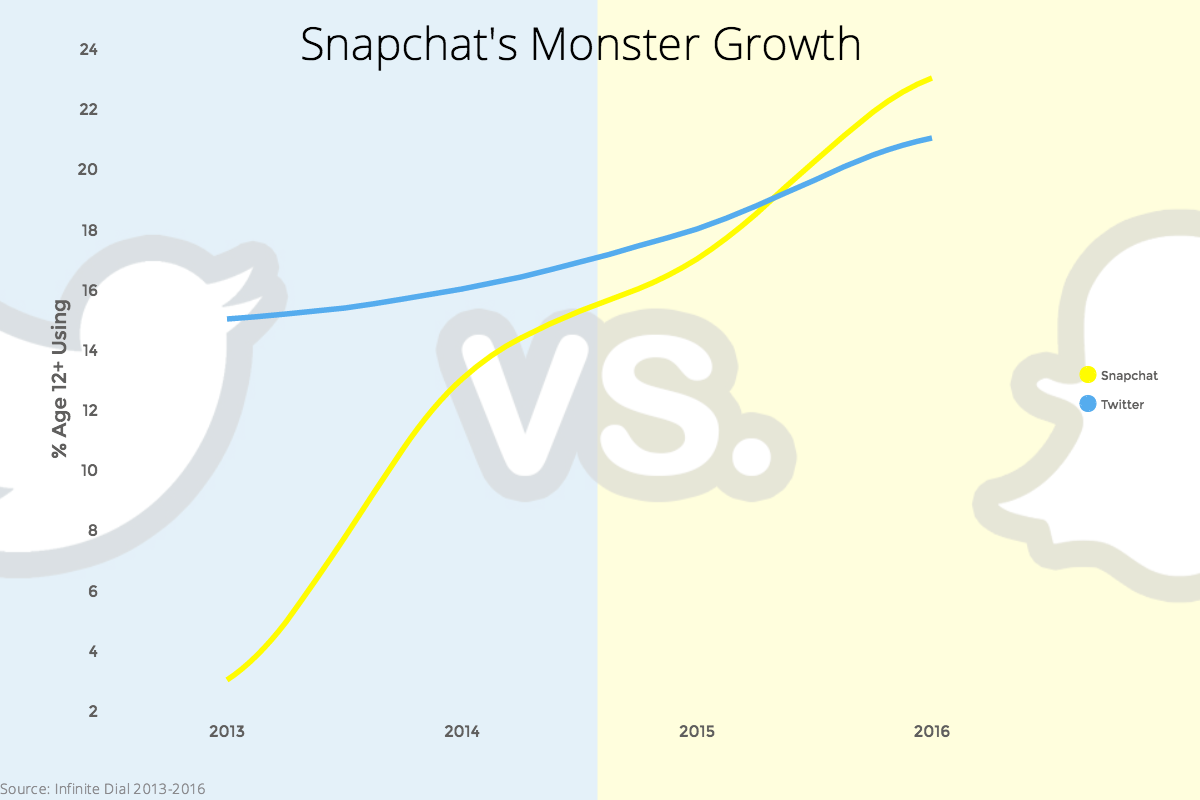An arising issue most confectionary manufacturer’s face is the growing concerns that unhealthy food can have on society. This has been a growing issue over the past few years, causing action to be taken in certain parts of the country with government backed ad campaigns and in some cases, banning the advertisement of unhealthy foods (Buss, 2016), therefore presenting confectionary companies with a challenge.
These companies must now realise a method in which to advertise their products which accounts for health implications as well as receiving successful returns from their marketing campaigns.
Most confectionary companies target market is young people or children, and in order to reach them a lot of advertising techniques target the parents to purchase the confectionary for their children. This therefore renders health implications in advertising a priority, as parents are unlikely to buy unhealthy foods for their children (Ip, Mehta & Coveney, 2007).
Television has encountered a lot of negative press about the advertisement of confectionary and is regarded as having a bad influence on children (Woodward, 1997). A social media approach is perhaps the best way to reach the target market of young people, and in doing so offers a platform in which customers can interact with the company. Allowing the customer to have a two-way conversation with the company leads to a happy and returning customer, as well as a business that knows what its customers want, and how to deliver that. The benefit of this is it allows the company to fight any negative stigma by contacting the customer directly.
The visual aids of advertising unhealthy food have in particular come under scrutiny in the war against unhealthy food. The use of imagery to manipulate unhealthy food as being positive and attractive has been condemned (Boydell, Scally & Scott, 1991) in modern society, and as such requires attention by marketers. The use of imagery in marketing, especially marketing food, is incredibly effective, as images act as the catalyst in increasing customer’s attention to the brand (Underwood et al, 2001). Therefore can’t be rejected.
But in order to turn it into a positive, confectionary companies must use imagery in a positive way. The use of Snapchat could enable this, as food channels on snapchat such as “Healthy AF” and “Tastemade” have seen success.
By producing images and videos of not just aesthetically pleasing food but also content which explains and encourages health in their food, customers will benefit as well as the company.
Using Snapchat is a proven method of getting customers to interact with a company, with things such as sponsored filters and events. These interactions are a great way to drive customers to the company’s main selling platform and leads to positive thoughts of the brand (Coyle & Thorson, 2001). Using interactive methods on snapchat to provide content encouraging healthy heating habits for the target market can see results for the company all the while addressing these health issues.
Another approach that can be used to reach the parent target market is the use of Pay per click advertising, where a company will have their advert placed at the top of a search engine and pay every time it gets clicked on. Using the PPC approach can become useful as it can target certain audiences, meaning adverts will only appear to parents in certain areas and at certain times, so during school holidays for example.
Along with this it also targets keywords. This is crucial for advertising to parents via PPC, as confectionary companies can bid on keywords such as “nutritious” and “healthy” gaining more interest from the parents (Goldberg, Gorn & Gibson, 1978).
All of this being said, it’s important to not false advertise and stretch the truth as far as the products healthiness actually is. These strategies are ways in which companies can account for what customers want and how they can integrate it into their marketing methods. PPC allows for easy target and keyword marketing, allowing parents to find what they are looking for, and Snapchat enables the visuals of the product to incorporate health aspects such as healthy baking videos and tutorials on a balanced diet. Giving both target markets, of parents and children, what they both want, which is nutrition as well as something tasty will ensure customer retention, as both parties are pleased.
References
Boydell, L., Scally, G. and Scott, M. (1991). Advertising for health?. Health Education Journal, 50(1), pp.31-33.
Buss, C. (2016). Advertising ban for unhealthy food and drinks is ‘welcome step’. Available: http://www.leicestermercury.co.uk/advertising-ban-for-unhealthy-food-and-drinks-is-welcome-step/story-29965664-detail/story.html. Last accessed 01/05/17.
Coyle, J.R. and Thorson, E., 2001. The effects of progressive levels of interactivity and vividness in web marketing sites. Journal of advertising, 30(3), pp.65-77.
Goldberg, M.E., Gorn, G.J. and Gibson, W. (1978). The effects of TV messages for high and low nutritional foods on children’s snack and breakfast food choices. NA-Advances in Consumer Research Volume 05.
Ip, J., Mehta, K.P. and Coveney, J. (2007). Exploring parents’ perceptions of television food advertising directed at children: a South Australian study. Nutrition & Dietetics, 64(1), pp.50-58.
Underwood, R.L., Klein, N.M. and Burke, R.R., 2001. Packaging communication: attentional effects of product imagery. Journal of product & brand management, 10(7), pp.403-422.
Woodward, D.R., Cumming, F.J., Ball, P.J., Williams, H.M., Hornsby, H. and Boon, J.A. (1997). Does television affect teenagers’ food choices?. Journal of Human Nutrition and Dietetics, 10(4), pp.229-235.






